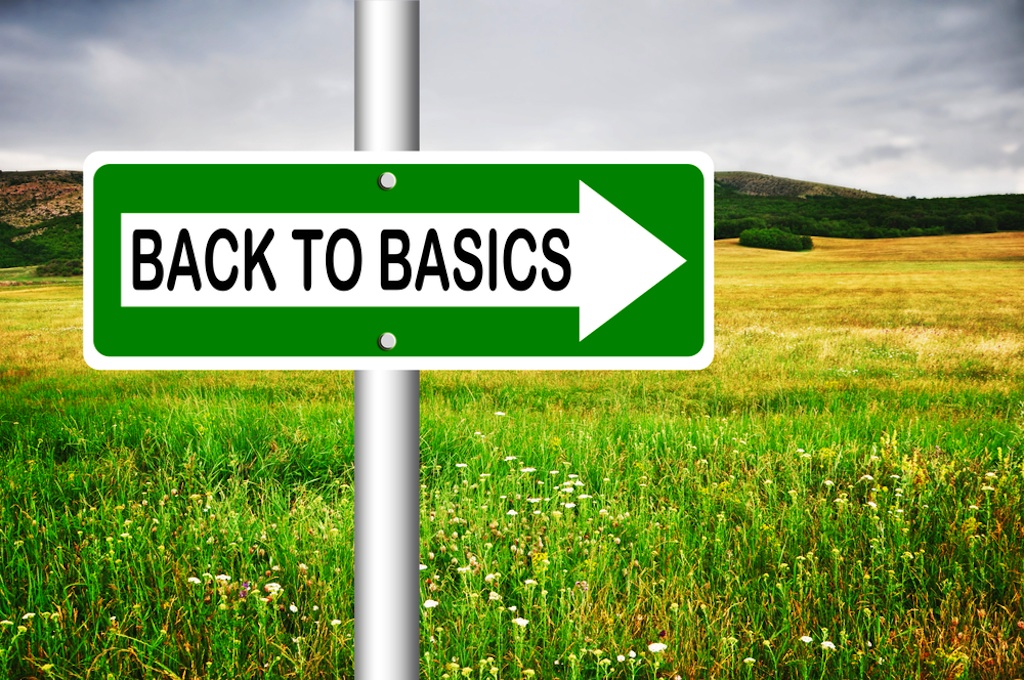It is good to take a long-term view (10-15 years), but that doesn’t mean that once you have set up your initial portfolio, you should only check your investments once a year. Investing is like regular gardening: it takes regular watering, a lot of patience, and occasional pruning.
- First, if you have invested in 5-10 ETFs (or managed funds, or individual shares), it can be fun to follow how they are developing over time. Some years, the winners will be Europeans stocks. Other years, it will be US stocks. Yet other years, it will be developing countries stocks. In the short term, some of them might disappoint; but in the long term, most of them should do very well. At some time, you will feel regret, or even humiliation. But at other times, you will feel the satisfaction of being rewarded for your patience.
- Second, as an investor, you will keep learning and make adjustments over time. Your starting portfolio and your portfolio 10 years down the road are likely to be different. Not necessarily very different, but different, and better over time. As you continue saving and investing, you will most likely want to buy additional ETFs that you didn’t have initially. Or even venture into buying stocks in a small number of selected companies that you really believe in.
- Third, occasionally, you will want to sell when you think that the prices are high, and when you need the money for other purposes, such as reimbursing a chunk of your mortgage, or buying a new car for the family.
As you become a better and more intelligent investor, and as time goes by, you might be surprised by the good performance that some of investments return. When some of your ETFs reach a 100% return over 10 years, or 200% over 15 years, you will have doubled and tripled your original investment. Then the time might be right, at the end of a long summer, to harvest the fruit of your work, and sell. You can then enjoy the proceeds to sweeten your life, or your pension, or the life of others.
